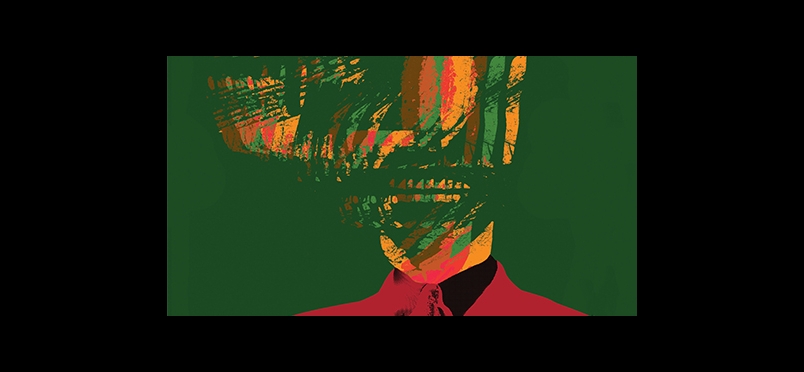| guidelines
Headache Disorder Management Trends

Data from the National Hospital Ambulatory Medical Care Survey
The Journal of Clinical Medicine has published an article: Trends in the Management of Headache Disorders in US Emergency Departments: Analysis of 2007–2018 National Hospital Ambulatory Medical Care Survey Data. Researchers identified headache disorders—including migraine, tension-type headache, trigeminal autonomic cephalgia, or not otherwise specified headache—and trends involving neuroimaging, outpatient referrals, and medications including opioids, butalbital, ergot alkaloids/triptans, NSAIDs, antiemetics, diphenhydramine, and corticosteroids.
Findings include:
- 32.9% of the 33 million headache-related ED visits from 2007 to 2018 were due to migraines
- People with migraine visiting the ED were more likely to be:
- Aged <50 years (78.1% vs 66.5%)
- Females (82.0% vs 68.0%)
- Whites (82.2% vs 64.7%)
- With depression (17.5% vs 12.1%)
- Severe pain (65.0% vs 47.3%)
- In metropolitan areas (88.5% vs 81.2%)
- Compared to not otherwise specified headache-related visits, migraine-related visits had a greater use of:
- Ergot alkaloids/triptans (9.7% vs 1.9%)
- Antiemetics (80.3% vs 48.3%)
- Diphenhydramine (47.5% vs 30.0%)
- IV fluids (48.1% vs 37.9%)
The study concluded, “Future studies are warranted to identify strategies to promote evidence-based treatments for headaches (e.g., sumatriptan and dexamethasone) and appropriate outpatient referrals for follow-up…”
Read the journal article.
Did you enjoy this article?
Subscribe to the PAINWeek Newsletter
and get our latest articles and more direct to your inbox